Tucked away in the lush landscapes of Southeast Asia, Malaysia is a land rich in history and mystery. It beckons explorers with its whispers of ancient civilizations that once thrived in its verdant jungles and coastal shores. These lost kingdoms, now shrouded in the mists of time, have left behind tantalizing clues that archaeologists are only beginning to uncover. Through the lens of archaeology, we can piece together the stories of these forgotten realms, delving into a past where trade, culture, and innovation flourished under the canopies of Malaysia’s tropical forests.
The Enigmatic Kingdom of Langkasuka
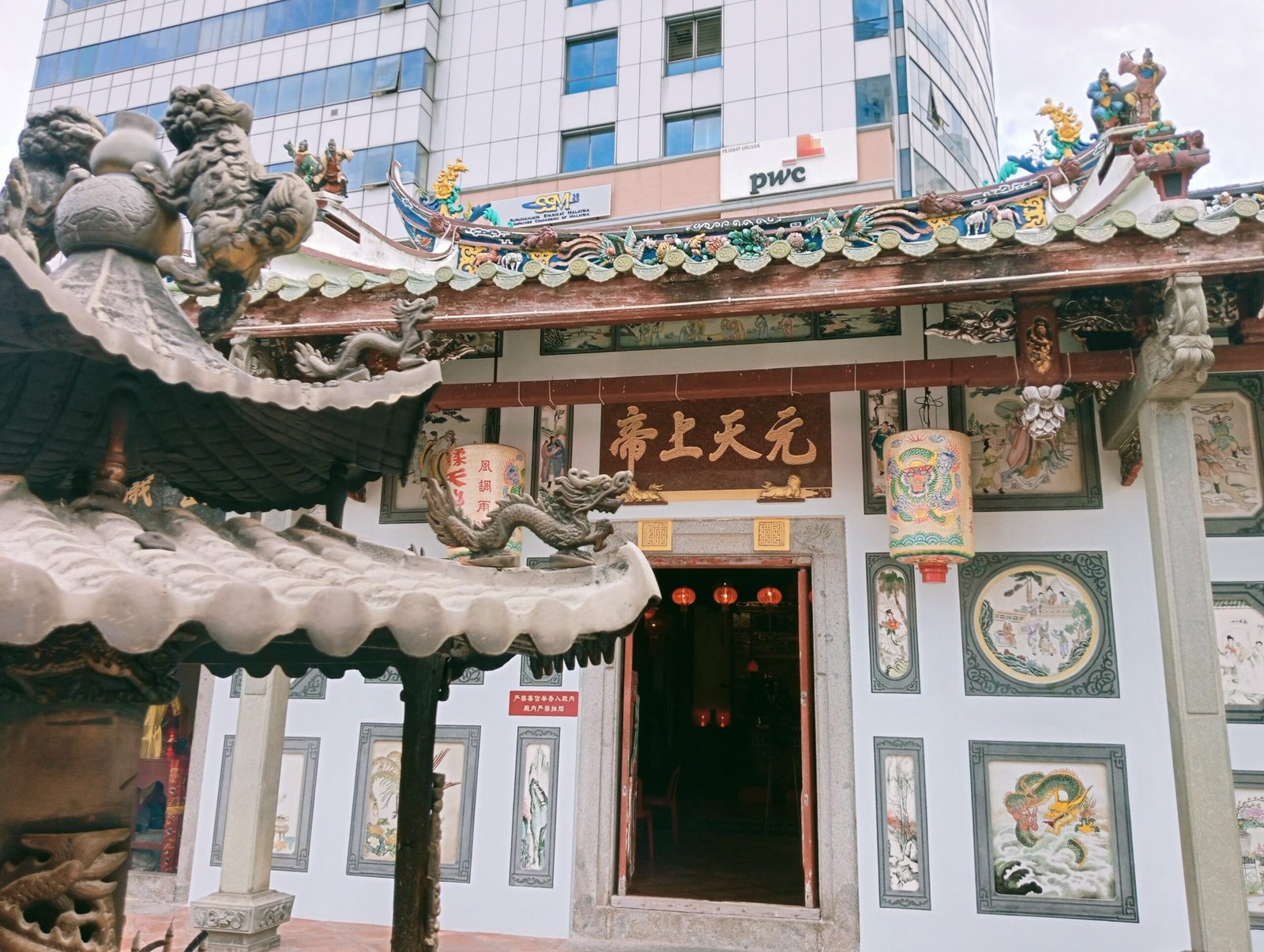
Langkasuka, often referred to as Malaysia’s Atlantis, is believed to have existed on the Malay Peninsula as far back as the 2nd century. Its very name conjures images of a majestic realm, bustling with trade and vibrant culture. Archaeologists have uncovered evidence of an advanced society, with remnants of its capital city suggesting a thriving economy centered around maritime trade. The discovery of ancient pottery and jewelry hints at a sophisticated culture that valued art and craftsmanship. Langkasuka’s strategic location made it a hub for trade routes between India and China, further emphasizing its significance in regional history.
Exploring the Mysteries of the Kedah Tua
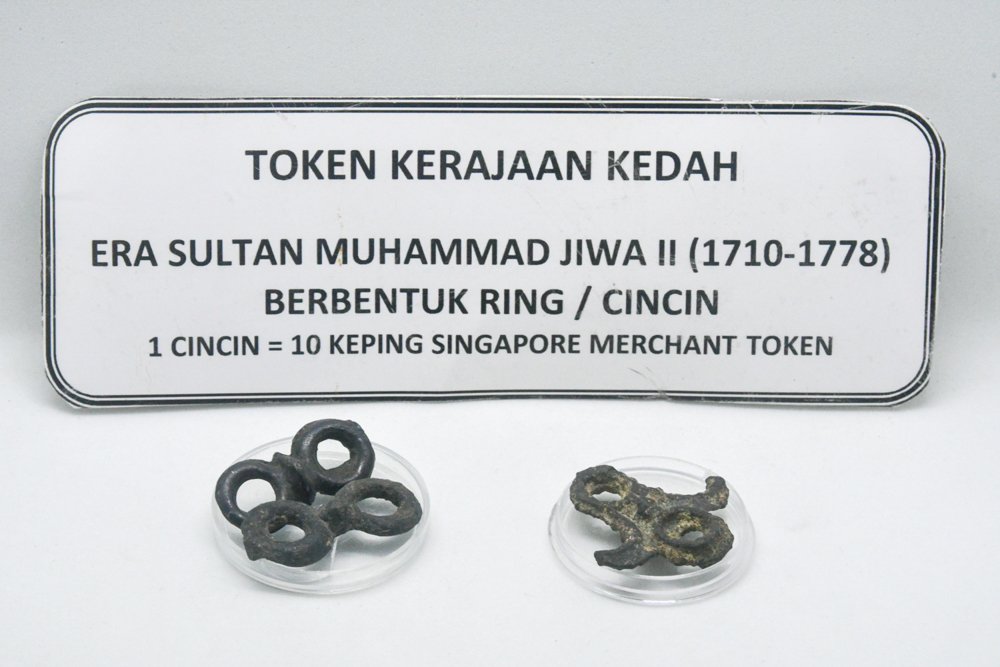
The ancient kingdom of Kedah Tua, located in the northwest of the Malay Peninsula, is another puzzle that archaeologists are eager to solve. Believed to have been established as early as the 5th century, Kedah Tua was a key player in the spice trade. Excavations have revealed a wealth of artifacts, including bronze drums and intricate ceramics, pointing to a rich cultural tapestry. The kingdom’s proximity to the Bujang Valley, a significant archaeological site, suggests that Kedah Tua was a melting pot of influences from India and beyond. Through these discoveries, we gain insight into the kingdom’s role in shaping the cultural and economic landscape of early Malaysia.
The Rise and Fall of Srivijaya

Srivijaya was a powerful maritime empire that dominated Southeast Asia, including parts of Malaysia, from the 7th to the 13th century. This kingdom was renowned for its naval prowess and control over crucial trade routes. The remnants of Srivijaya’s influence can be seen in the form of ancient inscriptions and temple ruins found in Peninsular Malaysia. These archaeological finds provide a glimpse into a society that was deeply religious, with Buddhism playing a central role. Srivijaya’s decline remains a topic of intrigue, and ongoing research aims to unravel the factors that led to its eventual fall from grace.
The Cultural Legacy of the Malacca Sultanate
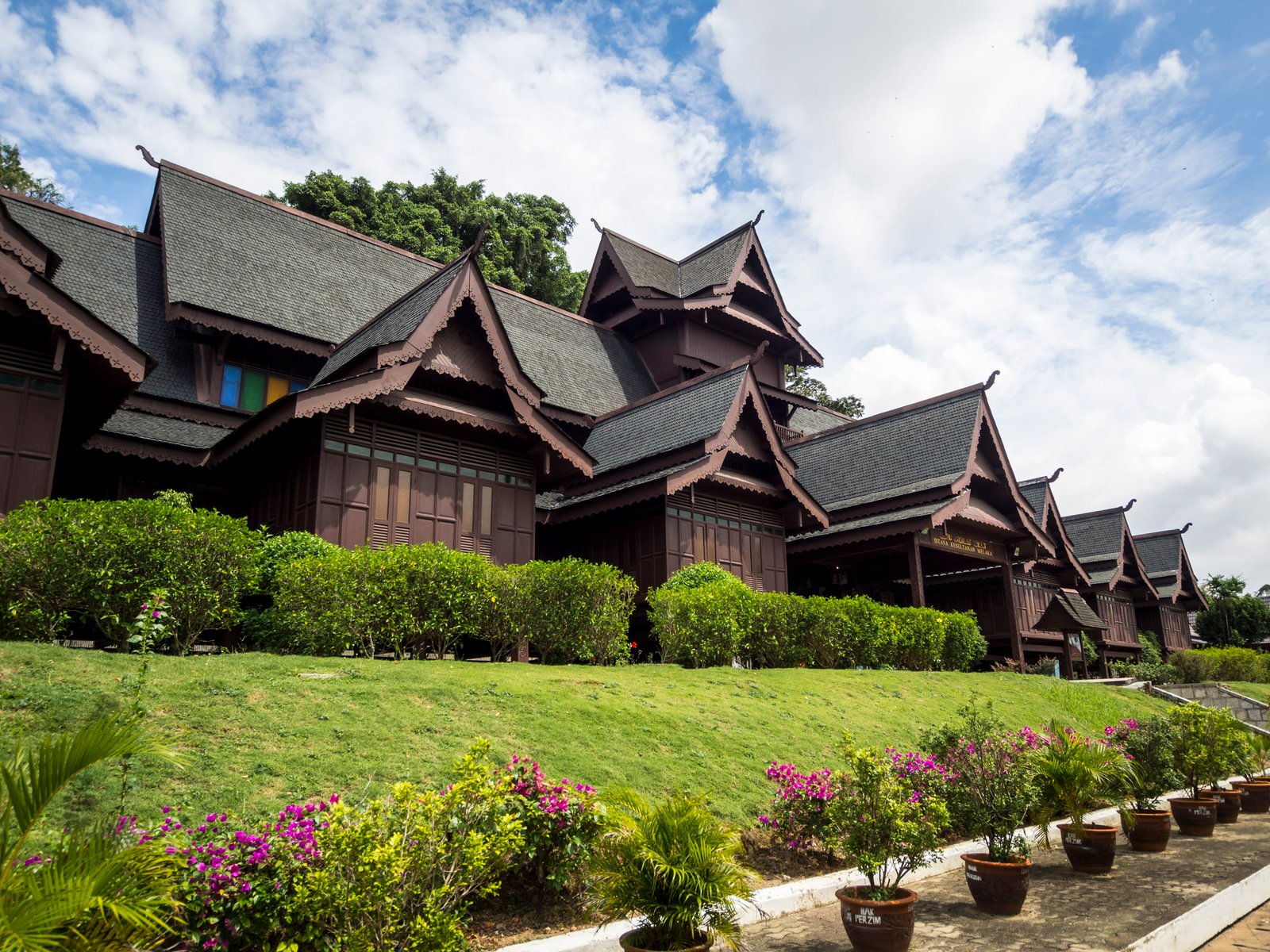
The Malacca Sultanate, established in the 15th century, is perhaps the most well-known of Malaysia’s historical kingdoms. It served as a beacon of cultural and economic prosperity, attracting traders from across the globe. The sultanate’s influence extended far beyond its borders, leaving a lasting impact on Malaysian culture and language. Archaeological discoveries, such as the ruins of A Famosa fort and the Malacca Sultanate Palace, offer a window into the opulence and grandeur of this period. The Malacca Sultanate’s legacy continues to resonate in modern Malaysia, showcasing the enduring power of its historical narrative.
Unveiling the Secrets of the Lembah Bujang

Nestled in the Kedah region, Lembah Bujang is an archaeological treasure trove that has captivated researchers for decades. This sprawling complex of temples, ancient tombs, and artifacts spans over 1,200 square kilometers, making it one of Malaysia’s most significant historical sites. Excavations have unearthed stone sculptures, ritualistic objects, and remnants of Hindu and Buddhist temples, indicating a vibrant spiritual center. The discoveries in Lembah Bujang highlight a rich confluence of cultural and religious influences, offering a glimpse into the spiritual practices of Malaysia’s ancient civilizations.
The Forgotten Glory of Gangga Negara
Gangga Negara, an elusive kingdom believed to have existed in the Perak region, remains shrouded in mystery. Little is known about this ancient civilization, but sporadic archaeological finds hint at a society that thrived between the 6th and 11th centuries. The discovery of ancient coins and pottery suggests a well-organized economy with trade connections reaching far and wide. The kingdom’s strategic location along the Perak River would have made it an ideal center for commerce and cultural exchange. As archaeologists continue to piece together fragments of this lost kingdom, the story of Gangga Negara beckons with promises of untold secrets waiting to be unveiled.
Tracing the Footsteps of the Majapahit Empire
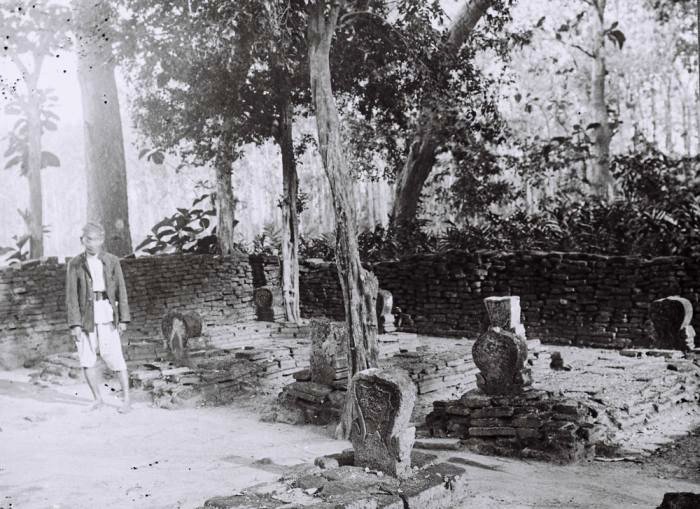
The Majapahit Empire, while primarily based in present-day Indonesia, extended its influence into parts of Malaysia during its peak in the 14th century. This empire is renowned for its role in spreading Hinduism and Buddhism across the region. Archaeological evidence, including inscriptions and temple ruins, points to the Majapahit’s presence in Malaysia. These findings underscore the empire’s vast reach and cultural impact, shaping the religious and architectural landscape of the time. The legacy of the Majapahit Empire serves as a reminder of the interconnectedness of ancient civilizations and their enduring influence on modern Southeast Asia.
Deciphering the Role of the Chola Dynasty
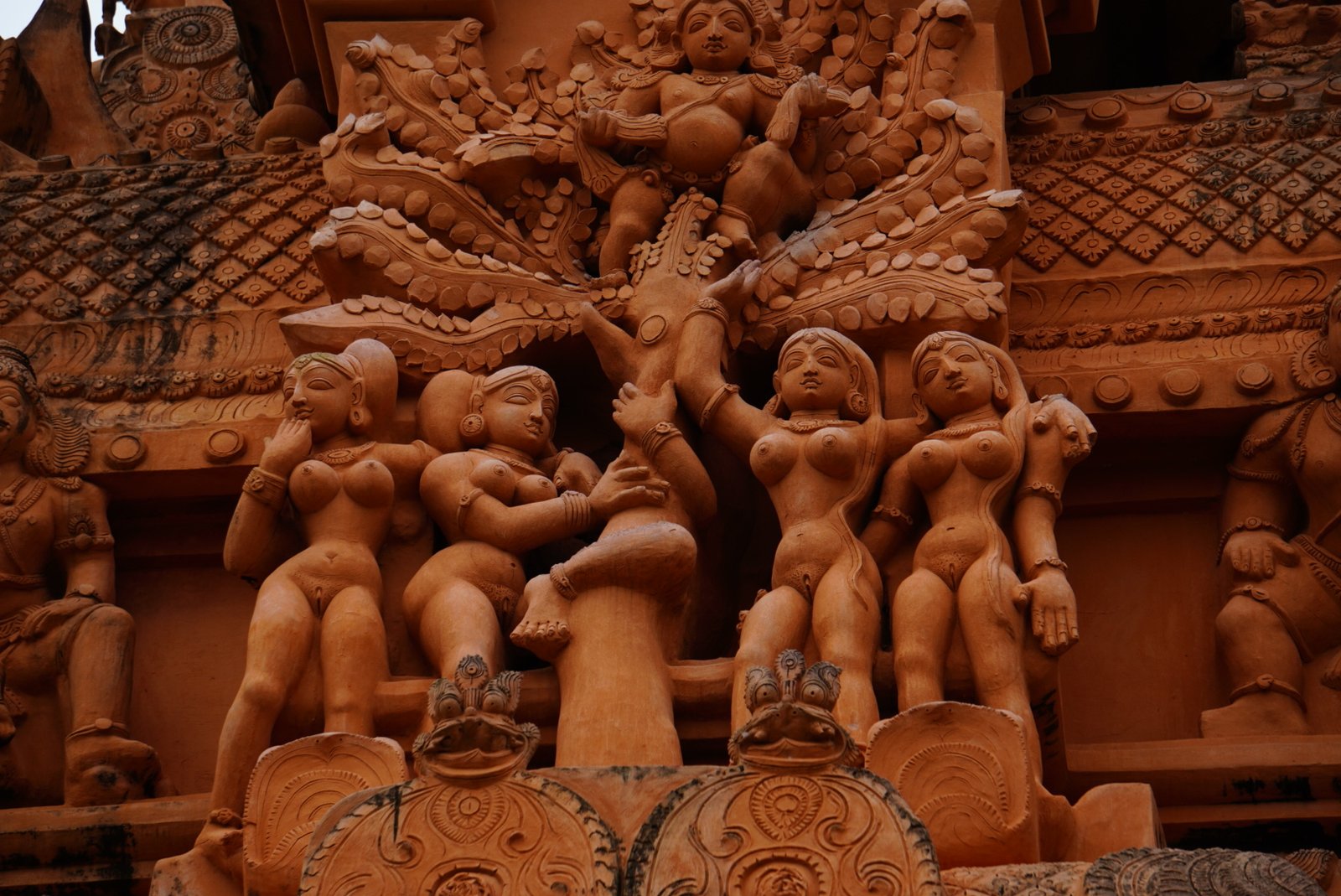
The Chola Dynasty, hailing from South India, left an indelible mark on Malaysia’s history through its naval expeditions and trade interactions. While not a kingdom within Malaysia, the Cholas’ influence was felt across the Malay Peninsula. Archaeological discoveries, such as inscriptions and trade artifacts, highlight the dynasty’s far-reaching impact on regional commerce and cultural exchange. The Cholas’ maritime prowess and diplomatic ties laid the groundwork for a vibrant network of trade and cultural interactions that spanned the Indian Ocean. These connections paved the way for the exchange of ideas, technologies, and cultural practices that continue to shape Malaysia’s heritage.
Ancient Connections: The Influence of Indianization
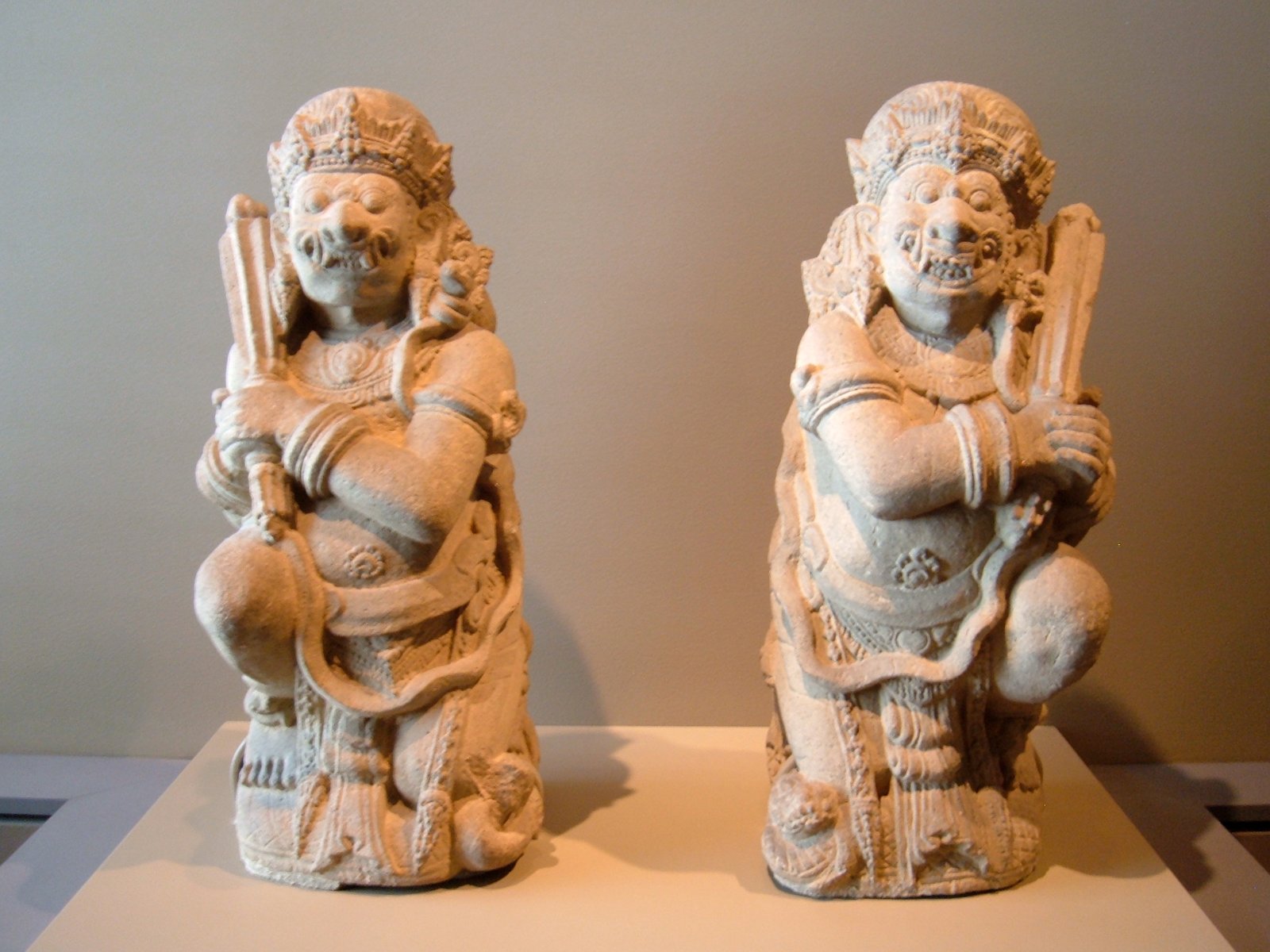
Indianization, the process through which Indian culture and religion spread across Southeast Asia, played a pivotal role in shaping Malaysia’s ancient civilizations. Archaeological findings reveal the profound impact of Indian art, architecture, and religious practices on the region. Temples adorned with intricate carvings and sculptures bear witness to the assimilation of Indian elements into local traditions. The spread of Hinduism and Buddhism fostered cultural exchange and facilitated the growth of trade networks. By tracing the footprints of Indianization in Malaysia, we gain insight into the dynamic interplay of cultures that defined the region’s historical landscape.
The Enduring Legacy of Malaysia’s Lost Kingdoms
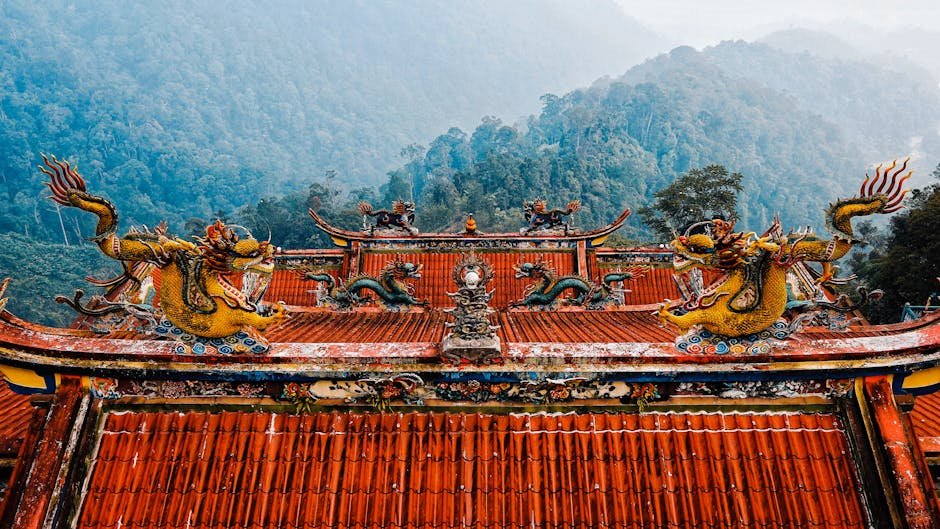
The lost kingdoms of Malaysia, though veiled in the shadows of time, continue to captivate and inspire. Through the tireless efforts of archaeologists, we are gradually unraveling the stories of these ancient civilizations, piecing together the fragments of their existence. Each discovery adds a new layer to our understanding of Malaysia’s rich historical tapestry, shedding light on the achievements and challenges faced by these forgotten realms. As we delve deeper into the mysteries of the past, we are reminded of the enduring legacy of these lost kingdoms and the profound impact they have had on shaping Malaysia’s cultural heritage.



